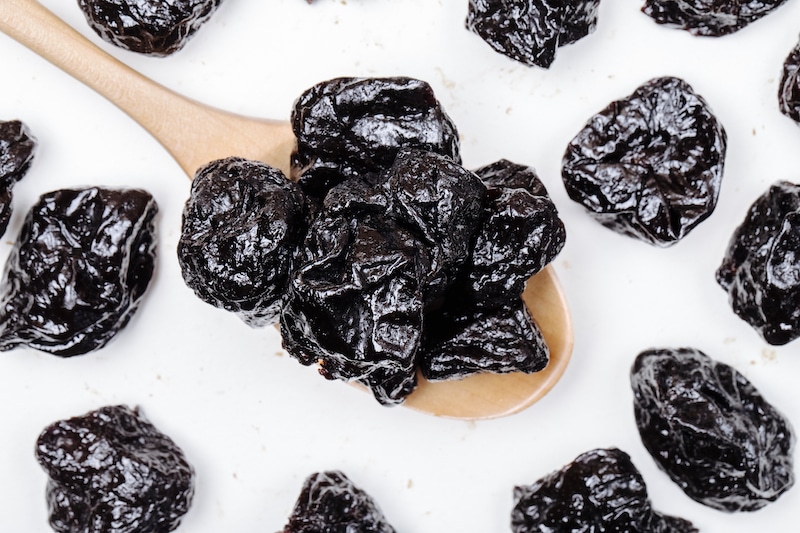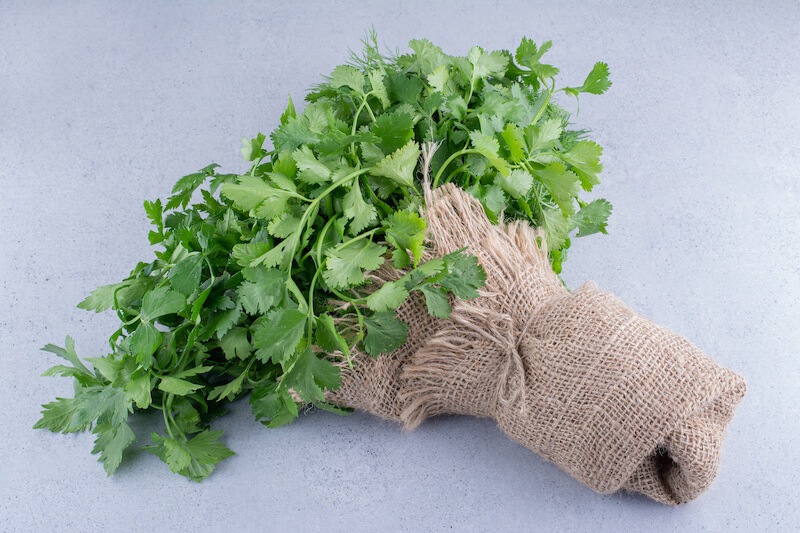You’ve probably heard the phrase: five servings of fruits and vegetables a day are essential, and vegetables should take center stage in our meals. Zucchini, tomatoes, bell peppers… there are numerous vegetables that are not only healthy but also extremely low in calories. But how can one choose vegetables based on their needs? Which vegetables should be prioritized for a diet? Let’s delve into it.
Vegetables are often regarded as essential components of a healthy diet, and rightly so. They are not only packed with vital nutrients but are also remarkably low in calories.
Vegetables: The Foundation of a Healthy Diet
Vegetables are crucial for our overall health due to their abundance of essential nutrients and numerous benefits for the body. Regular and balanced consumption is highly recommended as part of a nutritious diet for several reasons.
Firstly, vegetables provide a significant source of vitamins and minerals. These micronutrients are vital for the proper functioning of our bodies. For instance, leafy greens such as spinach and kale are rich in vitamins A, C, and K, along with calcium and iron. These nutrients support optimal vision, immune function, and bone health.
Furthermore, vegetables are an excellent source of dietary fiber. Fiber plays a key role in digestive health by promoting gut transit and preventing constipation. It also helps regulate blood sugar levels and cholesterol, which may lower the risk of cardiovascular diseases and type 2 diabetes. Additionally, fiber promotes feelings of fullness, aiding in appetite control and maintaining a healthy weight.
Moreover, vegetables are frequently low in calories and fats, making them ideal food choices for those aiming to lose weight or maintain a healthy weight. Their high water content also aids in body hydration, essential for the proper functioning of all bodily systems.
Which Vegetables to Choose?
Every vegetable, without exception, is beneficial for health, and it’s crucial to consume them regularly. However, some may be particularly low in calories.
- Zucchini: Among the lowest in calories, zucchini has roughly 20 calories per cup (around 124 grams). It’s rich in fiber and vitamins, making it an excellent option for bulk in meals without extra calories.
- Cucumbers: High in water content, cucumbers have minimal calories per serving. They’re refreshing and hydrating and can be eaten raw in salads or as healthy snacks.
- Lettuce: Varieties like romaine or iceberg lettuce are popular salad options. They are extremely low in calories and high in fiber, promoting fullness and aiding digestion.
- Spinach: Packed with essential nutrients like iron, calcium, and vitamin K, spinach is also incredibly low in calories, making it a great choice for smoothies, sautés, or salads.
- Broccoli: Rich in fiber and vitamins, broccoli is also low in calories. It can be steamed, sautéed, or added to soups and stews.
- Bell Peppers: Available in red, green, or yellow, bell peppers are low in calories and high in antioxidants, adding color and flavor to meals with minimal extra calories.
- Tomatoes: A great source of vitamin C and lycopene, a powerful antioxidant, tomatoes are very low in calories, suitable for raw salads, sauces, or dried as snacks.
- Carrots: Known for their high beta-carotene content, which converts to vitamin A in the body, carrots are crunchy, flavorful, and very low in calories, making them ideal for satisfying cravings.
- Cauliflower: This versatile vegetable can be transformed into various dishes, from cauliflower pizza to “rice.” It’s low in calories and high in healthful nutrients.
- Green Beans: A fantastic source of fiber, vitamins, and minerals, green beans are low in calories and can be steamed, sautéed, or tossed into salads for crunch.
Incorporating Vegetables Into Your Diet
Substitute high-calorie foods with vegetables: Use vegetables as replacements for calorie-dense foods in your favorite recipes. For instance, swap pasta for zucchini or chips for cucumber sticks for healthier snacks.
- Add vegetables to all your meals: Enhance your vegetable intake by including them in every meal. Toss spinach into your morning smoothies, add tomatoes to lunchtime sandwiches, and serve broccoli with your dinners.
- Prepare vegetable-based snacks: Cut raw vegetables into sticks or slices and keep them handy for a healthy, satisfying snack. Pair with a Greek yogurt dip or hummus for extra flavor.
- Experiment with different preparations: Try cooking, grilling, roasting, or marinating low-calorie vegetables to diversify flavors and textures. You can also add them to soups, stews, or stir-fries.
IMPORTANT NOTE
Counting calories can sometimes be concerning. To maintain good health, it’s essential to eat a variety of foods: vegetables, fruits, grains, meats, and even burgers, all in a measured and balanced manner!







